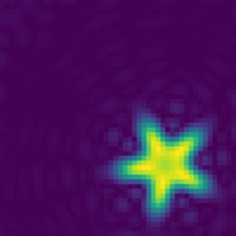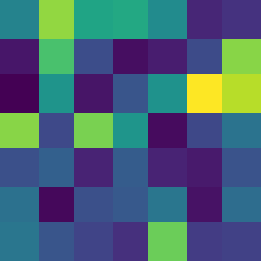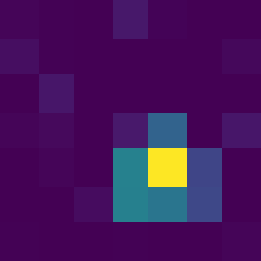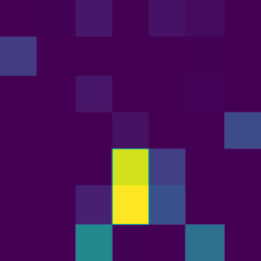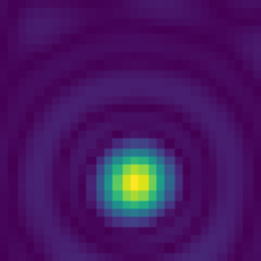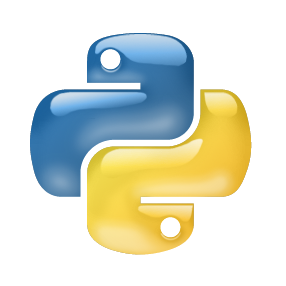Microwave Imaging is an essential technique for reconstructing the electrical properties of an inaccessible medium. Many approaches have been proposed employing algorithms to solve the Electromagnetic Inverse Scattering Problem associated with this technique. In addition to the algorithm, one needs to implement adequate structures to represent the problem domain, the input data, the results of the adopted metrics, and experimentation routines. We introduce an open-source Python library that offers a modular and standardized framework for implementing and evaluating the performance of algorithms for the problem. Based on the implementation of fundamental components for the execution of algorithms, this library aims to facilitate the development and discussion of new methods. Through a modular structure organized into classes, researchers can design their case studies and benchmarking experiments relying on features such as test randomization, specific metrics, and statistical comparison. To the best of the authors' knowledge, it is the first time that such tools for benchmarking and comparison are introduced for microwave imaging algorithms. In addition, two new metrics for location and shape recovery are presented. In this work, we introduce the principles for the design of the problem components and provide studies to exemplify the main aspects of this library. It is freely distributed through a Github repository that can be accessed from https://andre-batista.github.io/eispy2d/.
翻译:微波成像是重建无法进入的介质的电气特性的必要技术。许多方法都建议采用算法来解决与这一技术相关的电磁反向散射问题。除了算法之外,还需要实施适当的结构来代表问题域、输入数据、所采用的计量标准的结果和实验常规。我们引入了一个开放源Python图书馆,该图书馆为实施和评估问题算法的性能提供一个模块和标准化框架。根据执行算法基本组成部分的实施情况,该图书馆的目的是促进新方法的开发和讨论。通过将模块结构组织成班,研究人员可以设计出自己的案例研究和基准实验,以测试随机化、具体计量标准以及统计比较等特征为基础。据作者所知,这是首次为微波成像算法引入基准和比较工具。此外,还提出了两个用于定位和形状恢复的新的计量标准。在这项工作中,我们介绍了设计问题元件的原则,并提供研究结果,以便从Giastiub/Masimabal数据库中进行演示。该数据库可自由使用。




